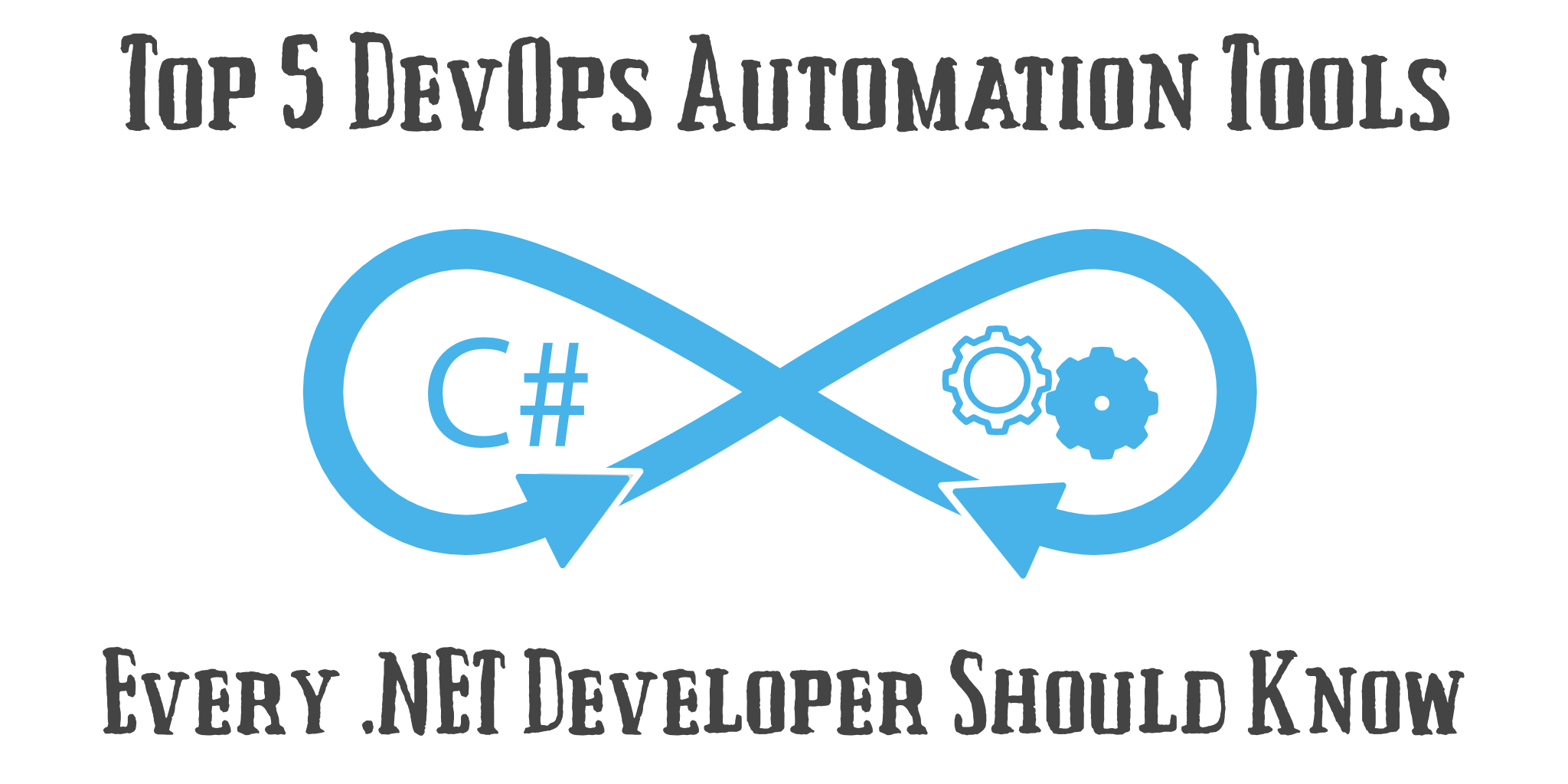Articles tagged webapi
Secure Your .NET 6 Web API

.NET 6 is here and many of us are making preparations to update .NET 5 codebases to .NET 6. As part of this review, today you will learn how to implement the client credentials flow in ASP.NET Core Web API. Note: In May 2025, the Okta Integrator Free Plan replaced Okta Developer Edition Accounts, and the Okta CLI was deprecated. We preserved this post for reference, but the instructions no longer work exactly as written....
The Top 5 DevOps Automation Tools .NET Developers Should Know

Not too long ago, deployments were done by hand - manually pushed to a physical server somewhere in a building your company owned. The software engineering world has come a long way since then, and we have more options than ever get our code and data live, automatically. Here are a few tools every C#/.NET developer should know that can help with that process, vetted by some of the best software leaders in the business....
Alexa, Sign In Every Time: Voice-Only Authentication Verification in .NET

Authentication for voice, specifically Amazon’s Alexa, has its limitations. The initial Account Linking process Amazon provides for identification works for many scenarios, but it is only done once (signing into the skill via the Alexa mobile app or website), and all subsequent sessions with the skill are linked - no log-in screen presented again. I’ve often been asked what the options are for verifying every time a user engages with an Alexa skill. For example;...
User Account Linking in Alexa with ASP.NET Web API

REST APIs are often written for enterprise-level companies as a way of allowing a client-side application to access core business logic. For many companies, simply extending their existing API by adding an endpoint for Alexa integration is the best way to manage that flow. For this example, you will use an existing Web API project on ASP.NET 4.7 and demonstrate how to link existing users to the Alexa skill the first time they access it,...
Build a REST API with ASP.NET Web API

Do you need to build a REST API with ASP.NET Web API? If you’re creating a new API, you should probably create it with .NET Core. But it’s not always possible to use the latest and greatest technologies. If you’re working in an existing ASP.NET 4.x app, or the organization you work for hasn’t approved the use of .NET Core yet, you may need to build an API in .NET Framework 4.x. That is what...
Build a Simple CRUD App with ASP.NET Framework 4.x Web API and Vue
ASP.NET Web API was released in 2012. Today, it’s a mature framework for building ReST-ful APIs to back any modern app. It pairs nicely with the newcomer on the client-side block, Vue In this tutorial, you’ll use Vue with .NET Framework 4.7.1 Web API and Visual Studio 2017 to build a simple CRUD app to track your weight and achieve your fitness goals, but really you could use these technologies to do just about anything....
Token Authentication in ASP.NET Core 2.0 - A Complete Guide

Token authentication has been a popular topic for the past few years, especially as mobile and JavaScript apps have continued to gain mindshare. Widespread adoption of token-based standards like OAuth 2.0 and OpenID Connect have introduced even more developers to tokens, but the best practices aren’t always clear. I spend a lot of time in the ASP.NET Core world and have been working with the framework since the pre-1.0 days. ASP.NET Core 2.0 has great...
Build User Registration with Node, React, and Okta
Today’s internet users expect a personalized experience. Developers must learn to develop websites that provide that personalized experience while keeping their user’s information private. Modern web applications also tend to have a server-side API and a client-side user interface. it can be challenging to get make both ends aware of the currently logged in user. In this tutorial, I will walk you through setting up a Node API that feeds a React UI, and build...
How to Secure Your .NET Web API with Token Authentication

API security can be complex. In many cases, just because you’ve built an API that you want to make public, it doesn’t mean that you want just anybody accessing it. In most cases, you want fine-grained control over who can access the API, but setting up that kind of user management can be a daunting task: you’d have to create your own authorization service that can create API credentials for your users and have the...